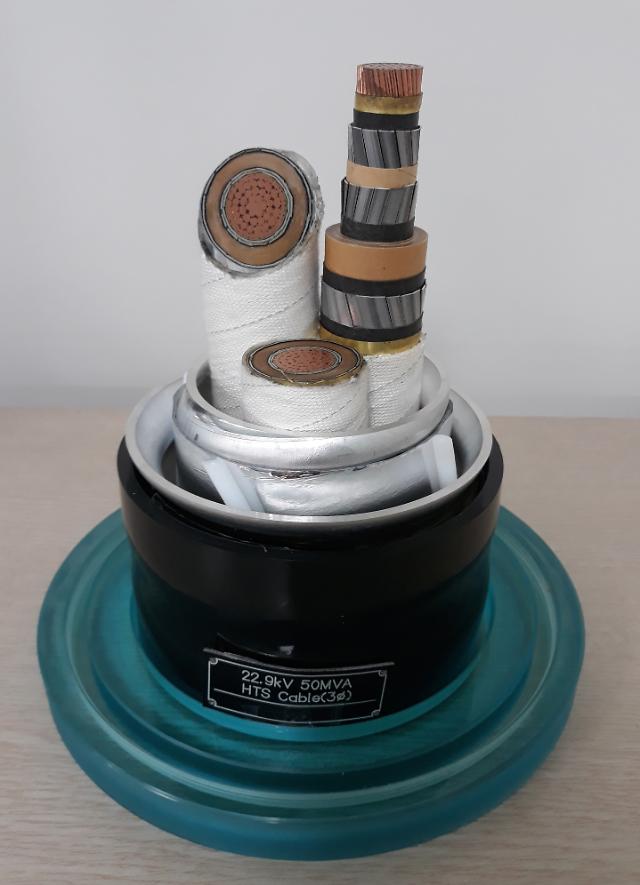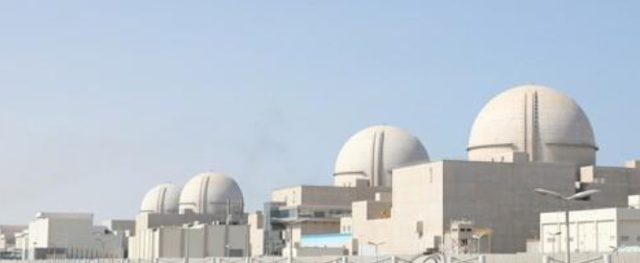
[Courtesy of Korea Electric Power Corporation]
Korea Electric Power Corporation (KEPCO) said Tuesday that a ceremony was held to commercialize superconducting transmission at a substation in Yongin. The 23kV superconducting transmission system used superconducting power cables in a one-kilometer section. KEPCO used materials localized by SuNam.
Compared to traditional copper conductors, superconductors can increase transmission capacity increased by more than five times, but the loss of transmission is far lower, KEPCO said, adding it is suitable for larges cities and tracks that need to be replaced due to overloading.
KEPCO plans to commercialize 154kV ultra-high-pressure superconducting transmission and secure a leading position in the development of superconducting power equipment technology.
"We will establish the superconducting sector, a key future technology, as a new growth engine and allow South Korea to gain an upper hand in the global energy market," said KEPCO CEO Kim Jong-kap. "Through the continuous development of technologies, we will play a leading role in the virtuous cycle of superconducting industries by promoting the vitalization of a domestic industrial ecosystem in the superconducting field."
LS Cable & Systems, a major South Korean cable maker, was in charge of manufacturing and installing cables. LS Cable CEO Myung Roe-hyun vowed to actively enter overseas markets in cooperation with KEPCO.
"The commercialization of superconducting cables will bring about a paradigm shift in South Korea's dominance in the power industry, which has been led by European and Japanese companies."
South Korea has designated ultra-high-pressure power cables as core national technology. In March, LS Cable decided to build a new plant in the eastern port city of Donghae to produce cables of high-voltage direct current transmission (HVDC), a next-generation electric power technology to convert alternating current into high-voltage DC.
Copyright ⓒ Aju Press All rights reserved.




View more comments